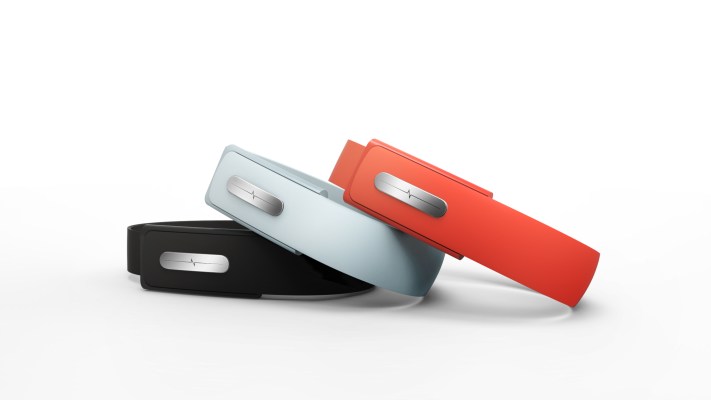The Nymi armband from Toronto-startup Bionym is edging closer to reality, and a new partnership announced today helps make it more clear how it’ll be useful to everyday consumers. Bionym is teaming up with PasswordBox to make it possible to authenticate your mobile logins using your heart rate automatically, for super fast access to sites, devices and services.
PasswordBox is a login locker, one of those apps that stores passwords securely and lets you access them anywhere for easy retrieval. It’s the perfect partner for Nymi, which promises to offer secure, unique authentication and identification of its users based on their ECG or heart rate. With PasswordBox, Nymi can automatically log you into all your stored services, based on proximity and gesture detection, making the need to remember all those things and enter them manually irrelevant.
It works with PasswordBox’s existing “1-Tap” login feature, which normally requires just a single tap to enter your login info on mobile devices. Even that tap is removed with the Nymi integration. It’s the perfect use case for Nymi, too, which hopes to demonstrate that it can deliver authentication quickly and conveniently across a range of potential applications. It’ll need to prove that point clearly to demonstrate its value to prospective buyers when it launches later this year.
Previously, Bionym announced that it would offer an ECG-authenticated bitcoin wallet as part of its launch features, which is another example of software with immediate use benefit to prospective buyers. Bitcoin is still a bit of an outlier tech, however, and this new login management functionality should resonate with a much wider audience.
Normally, PasswordBox works on a subscription model, but as part of the deal between the app maker and Bionym, ever Nymi pre-order both existing and through July 2015 (perhaps a clue as to the Nymi’s launch window?) will receive a free lifetime subscription to its services. That’s a savings of $12 per year for life for the upgraded service, so it’s a nice side benefit to owning the hardware.
